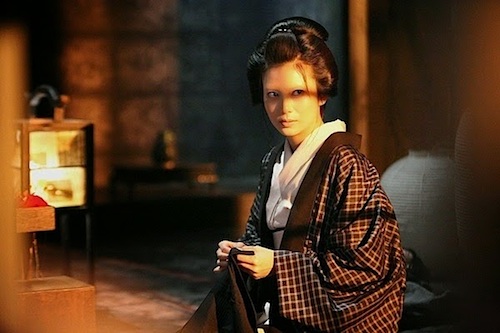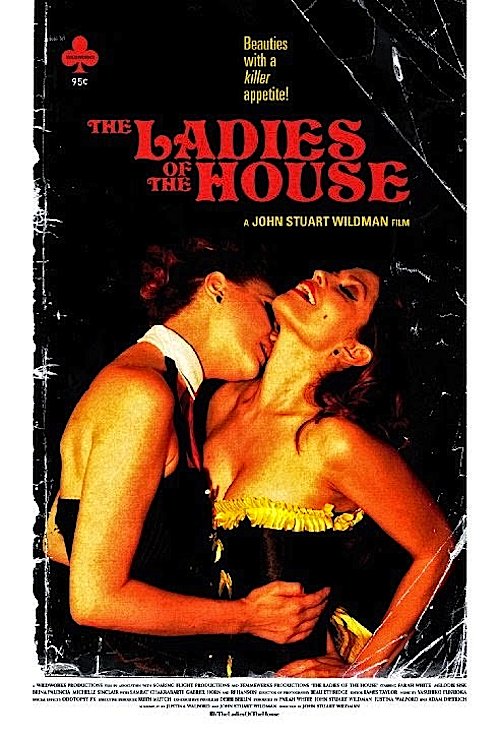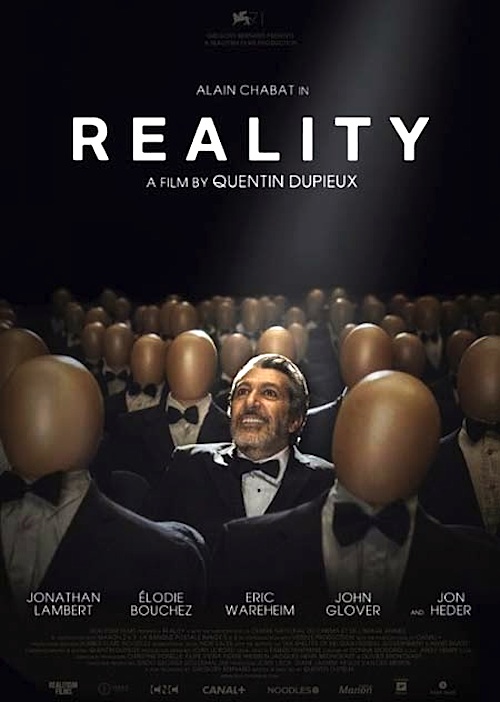By Joe Bendel. This is a Korean gangster movie all New Yorkers will relate to, because it is all about real estate—and the high cost thereof. In 1970, an increasingly over-crowded Seoul needed to develop the sleepy backwater district of Gangnam. For those in the know, there was a land rush to scope up parcels before the civic expansion plans were announced. Of course, only politicians and gangsters would have that sort of insider information. It is dashed difficult to tell the difference between the two in Yoo Ha’s Gangnam Blues (a.k.a. Gangnam 1970), which screens this coming Thursday as part of the free Korean Movie Night series at New York’s Asia Society.
Kim Jong-dae and Baek Yong-ki are sworn brothers who left their orphanage together hoping to scratch out some sort of life in the rough & tumble Gangnam district. Arguably, in the late 1960s, there are more thugs to be found there than paved roads. Kim and Baek briefly run afoul of some of Kang Gil-soo’s men, but the clan leaders chooses to recruit them for a job rather than inflict punishment. They will join a busload of hooligans sent to disrupt a political rally. Unfortunately, the job quickly goes sour, leading to the temporary disgrace of Kang’s political ally.
Separated during madness, Kim and Baek will not see each other again for three years. Kim will return to Kang, living as his adopted son. Having seen the writing on the wall, Kang tries to retire from crime, living a modest life as a launderer (of clothes). Despite his outward obedience, Kim longs to see Kang lead his old clan back to prominence. Secretly, he has laid the groundwork to facilitate that goal, but it inevitably leads to conflict with the rival gang Baek joined. Discovering themselves on opposite sides of a potential gang war, Kim and Baek form their own personal non-aggression pact. Of course, they will eventually have to make some hard choices about where their loyalties truly lay.
If you are thinking about that rap song, just forget it. Gangnam is now one of Seoul’s most prosperous and prestigious districts, so its hard fought development represents one of the grandest cases of “gentrification” ever. Imagine buying up Greenpoint or Williamsburg before the hipsters moved in. Those are the stakes at play in Blues.

Frankly, this is exactly the sort of Korean film that best translates for American audiences. It is a big, sweeping gangster story, but told from a distinctly personal perspective. Although not blood relations, there is something almost Biblical about Kim and Baek’s relationship. The grungy period look adds to the appeal, evoking memories of cynical 1970s cops-and-robbers films.
Korean TV superstar Lee Min-ho is impressively earnest and edgy as the tightly wound Kim. In contrast, Kim Rae-won is rather cool and distant as Baek, but that is rather the point. Regardless, neither of the young toughs can match the veteran hardnosedness of Jung Jin-young’s Kang, who towers over the large colorful supporting cast. There are dozens of seedy characters conspiring with and against each other, but Kim Ji-su stands out as Min Sung-hee, Kim’s early tutor in real estate speculation.
At times, viewers could really use a scorecard to identify which gang is aligned with which crooked politico. Still, that degree of sophisticated plotting is quite refreshing. For action fans, Blues also boasts a massively awesome gang fight scene in the middle of a mud-splattered cemetery. Highly recommended for fans of Korean gangster epics, Gangnam Blues screens (for free) this Thursday (5/7) at the Asia Society on Manhattan’s fashionable Upper Eastside.
LFM GRADE: B+
Posted on May 6th, 2015 at 9:56pm.




